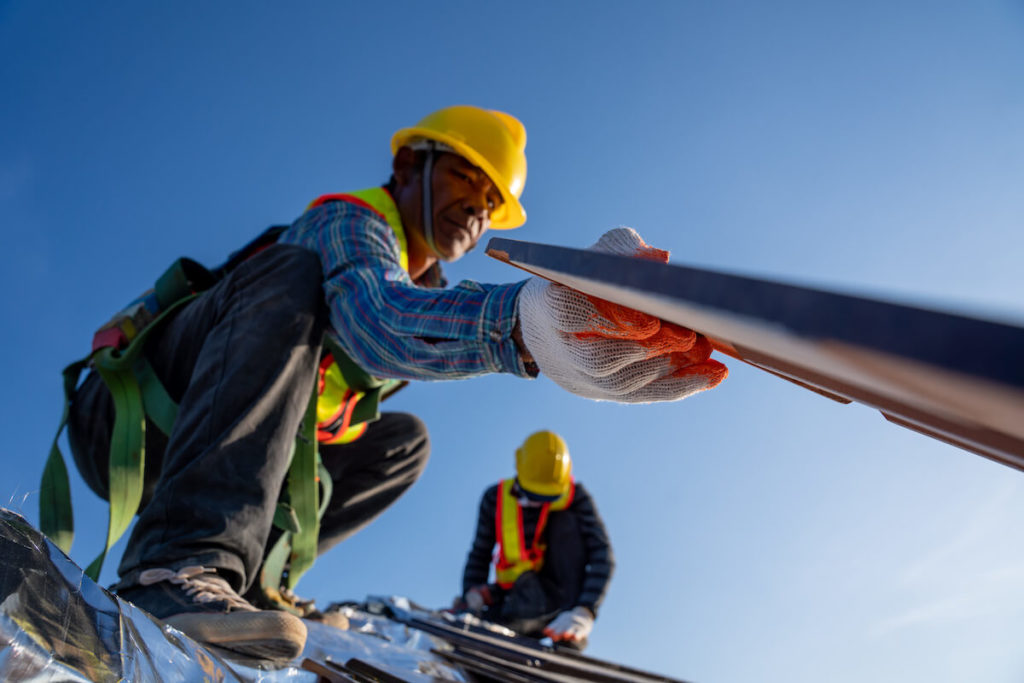Proper roof ventilation is often overlooked, but it plays a crucial role in maintaining the health and longevity of your roofing system and your home as a whole. Understanding the science behind roof ventilation and its importance can help you make informed decisions to protect your investment and ensure the comfort and safety of your living environment.
1. Prevents Heat and Moisture Buildup: One of the primary functions of roof ventilation is to regulate the temperature and humidity levels in your attic space. During hot summer months, heat can build up in the attic, causing temperatures to soar to uncomfortable levels. Without proper ventilation, this heat can transfer into your living spaces, making your home less energy-efficient and increasing cooling costs. Additionally, trapped moisture in the attic can lead to condensation, mold growth, and wood rot, compromising the structural integrity of your roof and posing health risks to your family.
2. Extends Roof Lifespan: Excessive heat and moisture can accelerate the deterioration of roofing materials, leading to premature aging, warping, and deterioration. Proper roof ventilation helps dissipate heat and moisture, reducing the risk of damage to your roof and prolonging its lifespan. By allowing air to circulate freely through the attic space, ventilation helps maintain a stable environment that is conducive to the longevity of your roofing materials.
3. Prevents Ice Dams: In colder climates, inadequate ventilation can contribute to the formation of ice dams on the roof’s edge. Ice dams occur when snow melts on the warmer upper portion of the roof and refreezes at the colder eaves, creating a barrier that prevents water from draining properly. This trapped water can seep under shingles, causing water damage to the roof deck, insulation, and interior spaces. Proper ventilation helps maintain uniform temperatures across the roof surface, preventing the conditions that lead to ice dam formation.
4. Improves Energy Efficiency: Proper roof ventilation can have a significant impact on your home’s energy efficiency and comfort. By reducing heat buildup in the attic, ventilation helps alleviate the strain on your HVAC system, leading to lower energy consumption and utility bills. A well-ventilated attic also helps prevent temperature imbalances in your home, ensuring consistent comfort levels throughout the year.
5. Enhances Indoor Air Quality: Proper ventilation not only benefits your roof and attic but also contributes to the overall indoor air quality of your home. By expelling excess moisture and preventing mold growth, ventilation helps create a healthier living environment for you and your family. It also helps reduce the risk of indoor air pollutants such as volatile organic compounds (VOCs) and allergens, improving respiratory health and overall well-being.
In conclusion, proper roof ventilation is essential for maintaining a healthy, energy-efficient, and durable roofing system. By understanding the science behind ventilation and its importance, homeowners can take proactive steps to ensure their roofs are properly ventilated and protected for years to come. If you have concerns about your roof’s ventilation or need assistance with improving ventilation, don’t hesitate to reach out to a professional roofing contractor for expert advice and solutions tailored to your home’s specific needs.

